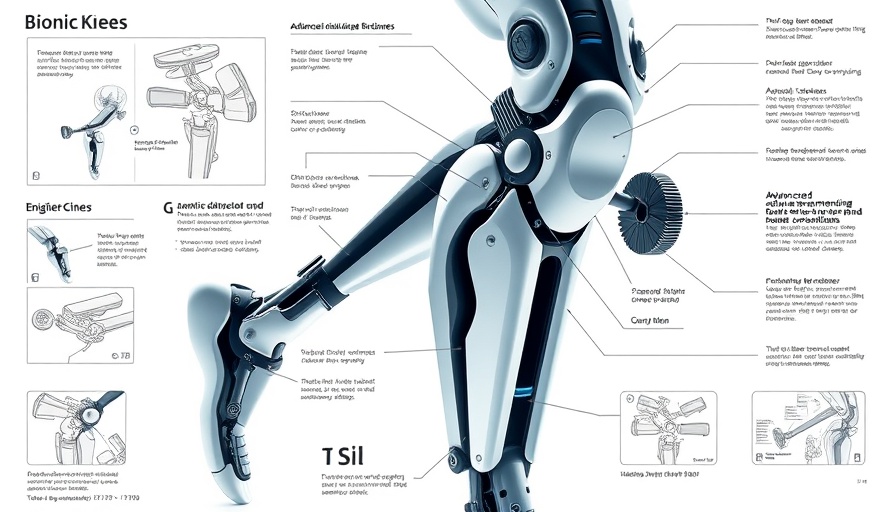
Sun Care Solutions from DMK: Why Protection Matters
As summer heats up, so does the need for effective sun care. For those who have recently undergone DMK treatments, maintaining skin health becomes paramount. DMK’s product range exemplifies a commitment not only to cosmetic enhancement but also to the holistic care of the skin, particularly under the intense rays of the summer sun.
What Sets DMK Products Apart?
DMK's reputation over the past 45 years is built on science-backed skincare that promotes health at a cellular level. Central to their offering is the use of advanced formulas focusing on sun protection, hydration, and healing skin.
NutraScreen and NutraScreen Color Balance:
These formulations double as both sunscreen and nourishing cream, suitable for all skin types. The Color Balance variant addresses the aesthetic concern of a white cast that can be prevalent in traditional sunscreens, particularly for melanated skin tones. With its smooth texture and skin-supporting nutrients, users find it easy to use without feeling weighed down.
The Science Behind Solar Damage Recovery
For individuals looking to repair skin from sun exposure, DMK introduces Solar Damage, a product designed to restore moisture and improve skin's barrier function. This is crucial as UV rays can deplete skin hydration, leading to dryness and irritation.
Beta Gel: The Fast Track to Healing
One of the standout products is Beta Gel, which harnesses Beta Glucan to support skin’s immune function. It’s particularly beneficial for those suffering from sunburn or other skin irritations. Users report visible improvements in healing speed, making it an essential item for anyone spending ample time outdoors.
Ultra Screen SPF 50: Lightweight Yet Powerful
DMK's newest innovation, Ultra Screen SPF 50, signals a breakthrough in sunscreen technology. Despite its featherlight texture, it offers robust protection against up to 98% of UVA and UVB rays when applied properly. The waterproof formula guarantees effectiveness even during water activities—a vital feature for summer fun.
Empowering Clients Through Education
Beyond products, DMK aims to empower both estheticians and clients with education that is often hard to find. This initiative fosters a community of informed individuals who understand the importance of combining effective treatment protocols with preventative care.
Final Thoughts: Embrace Protection
As we step into the sunny season, it’s crucial that individuals, particularly those treated with DMK products, prioritize sun protection. The combination of effective formulations ensures that skin remains healthy and vibrant, allowing everyone to enjoy their summer confidently.
If you’re interested in learning more about DMK’s product offerings or joining their community, now is the perfect time to take action. Protect your skin and embrace the summer sun with confidence.
 Add Row
Add Row  Add
Add 




 Add Row
Add Row  Add
Add 
Write A Comment